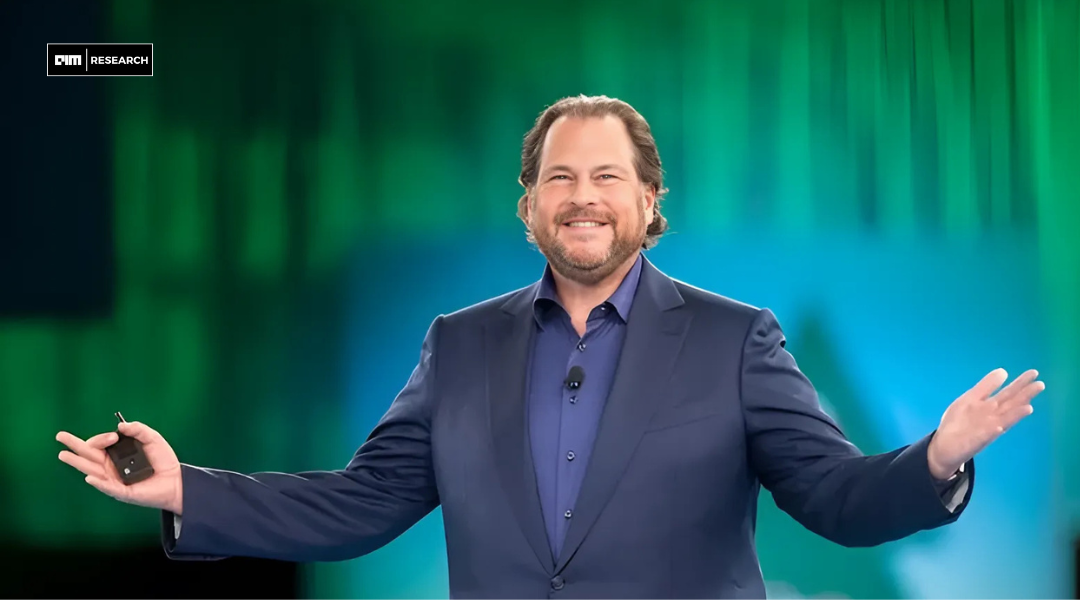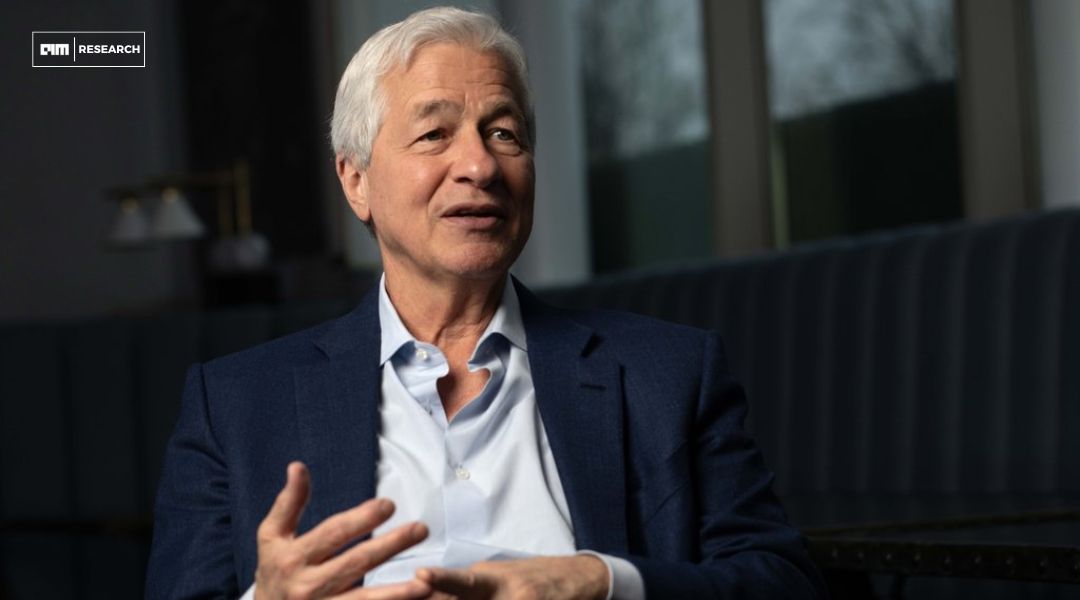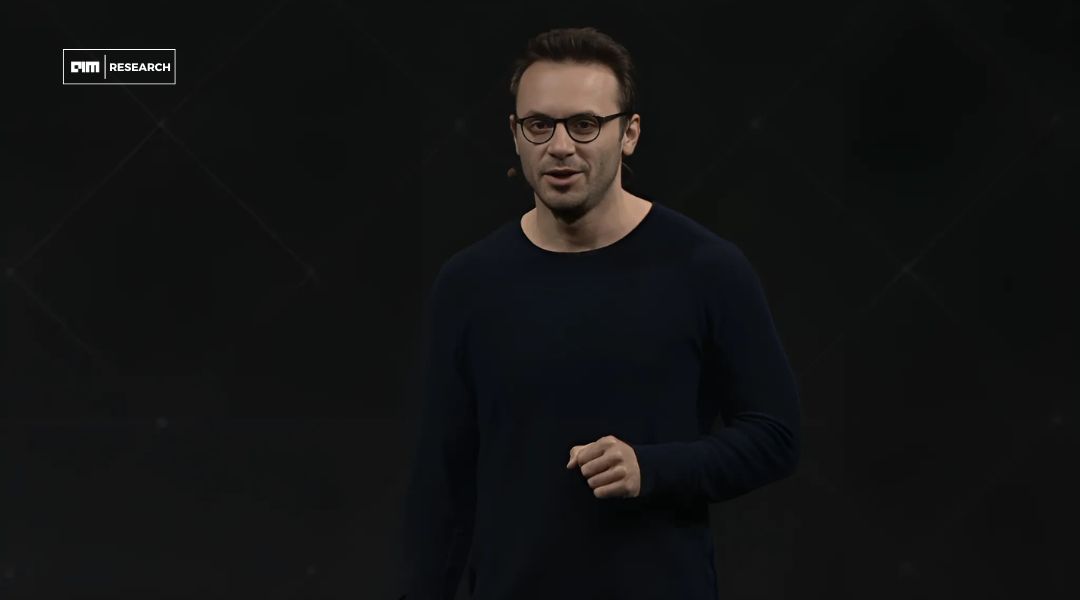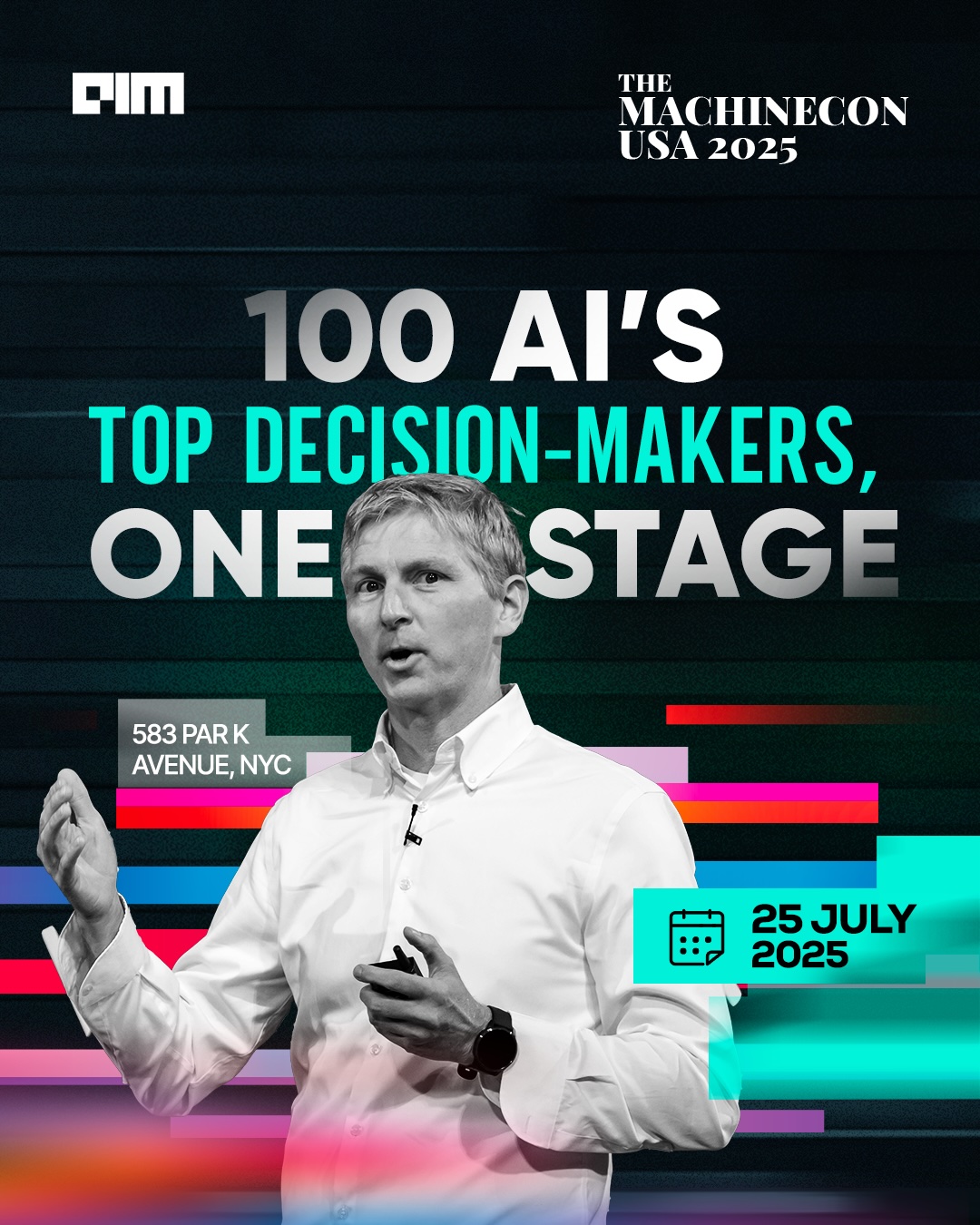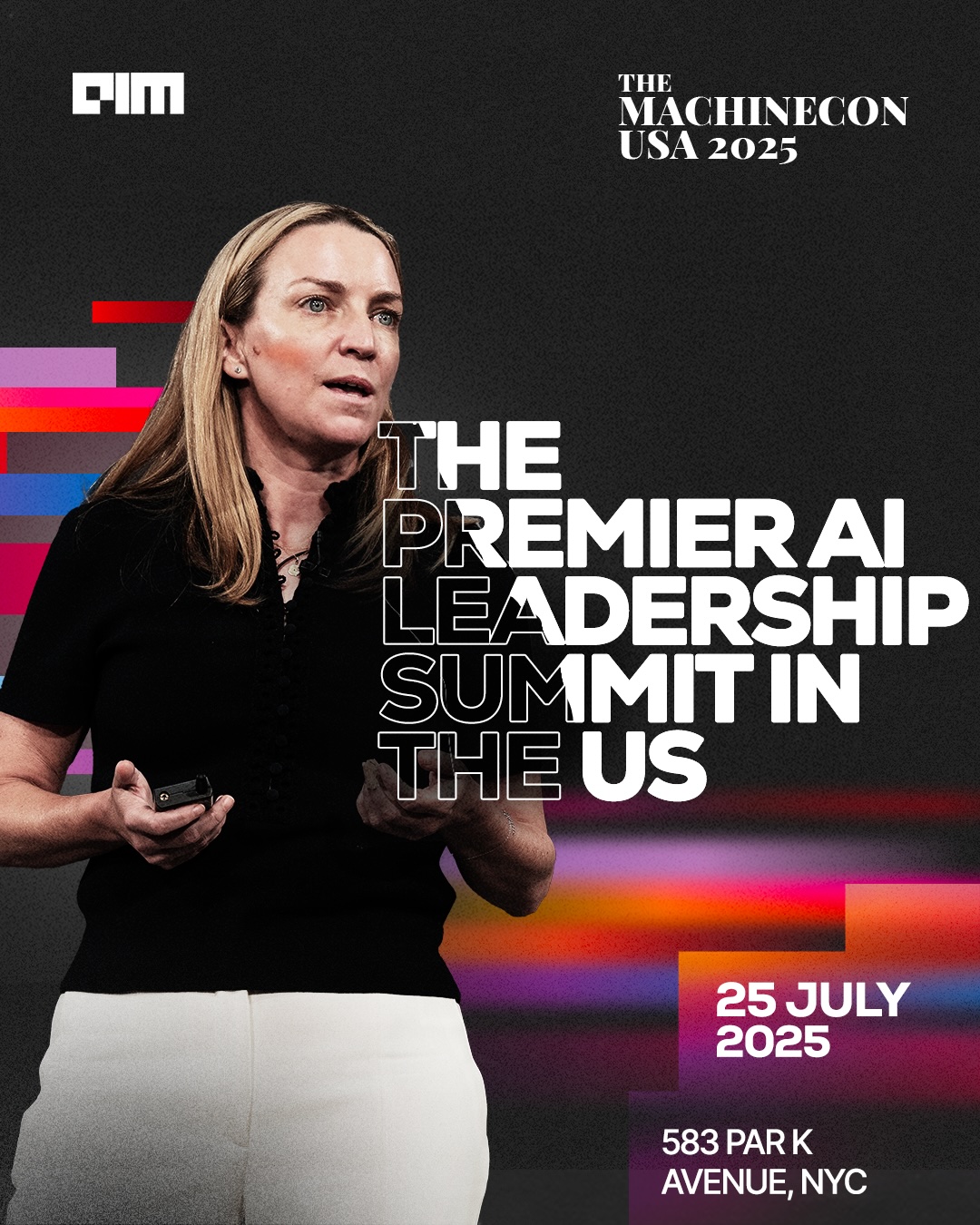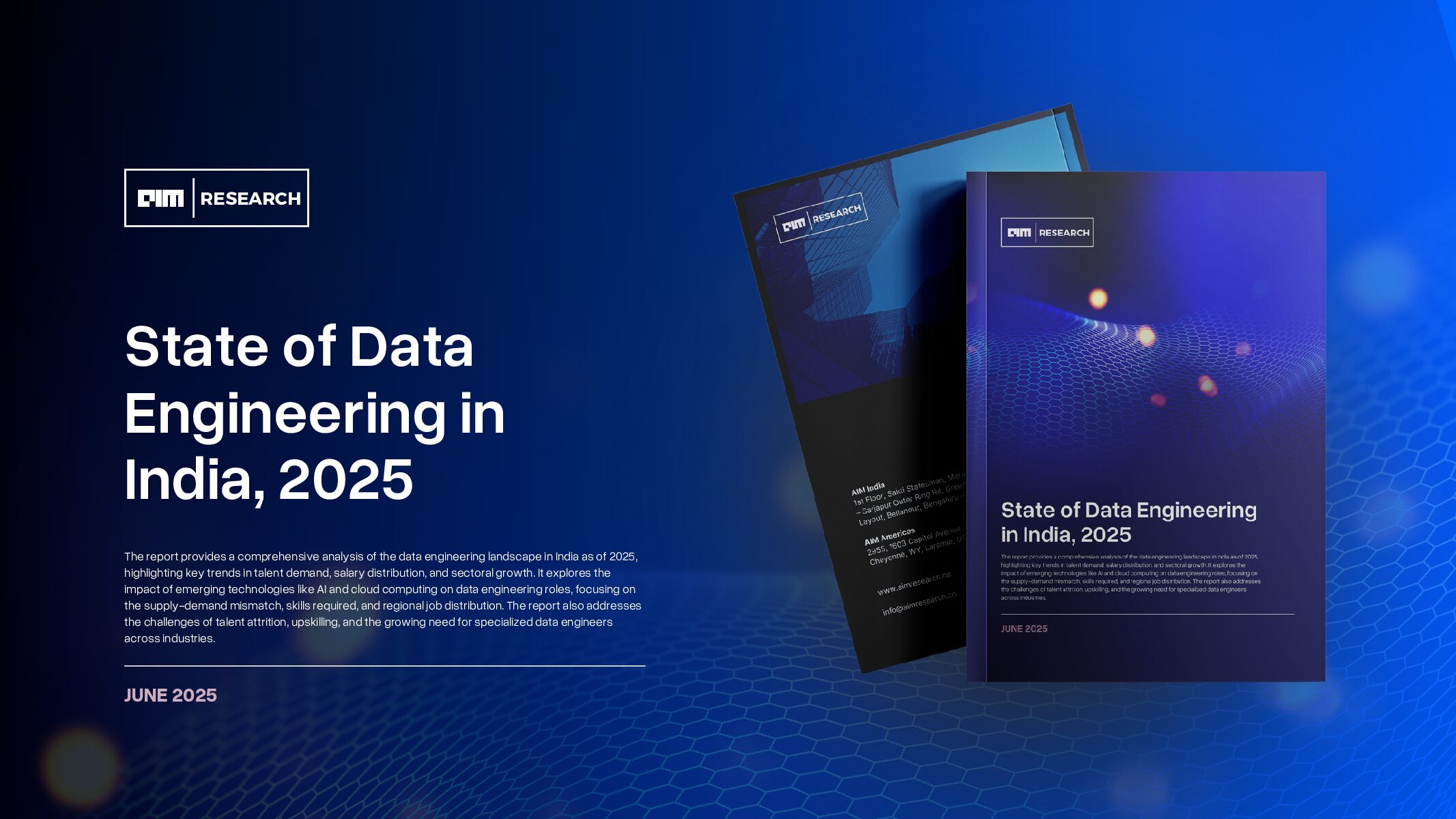Instagram, created in 2010, began as a simple photo-sharing programme with rudimentary filters that allowed users to improve and stylize their photographs. The site soon became popular because of its user-friendly layout and visually appealing features, gaining millions of users in its first few months. Instagram was bought by Facebook (formerly Meta Platforms, Inc.) in 2012 for around $1 billion, giving Instagram access to Facebook’s massive resources and experience, notably in artificial intelligence (AI) and machine learning (ML).
With Meta’s support, Instagram set off on a road of fast innovation and expansion. By 2014, the platform began to use machine learning algorithms to increase content personalisation and spam detection, greatly improving user experience and platform security. From 2015 to 2019, advanced AI-driven features were introduced, including the enhanced Explore tab, AI-powered face filters, and augmented reality (AR) effects, as well as natural language processing (NLP) algorithms for comment moderation and personalised video recommendations via IGTV.
The Early Years: Laying the Foundation (2010-2014)
Instagram’s journey with AI began subtly but significantly in 2010, when Kevin Systrom and Mike Krieger founded the platform. Their initial focus on photo sharing with basic AI-powered image filters laid the groundwork for more sophisticated AI applications in the future.
Kevin Systrom, brought valuable experience from his time at Google and Odeo (Twitter’s predecessor) to Instagram’s development. Systrom’s vision for Instagram was deeply rooted in enhancing user experience through technology. He spearheaded the development of Instagram’s initial set of AI-powered image filters, which used basic machine learning algorithms to automatically enhance and stylize photos.
Mike Krieger, brought a unique perspective to Instagram’s AI integration. He was instrumental in building the backend infrastructure that supported Instagram’s AI-powered features, including developing scalable systems to process and analyze large volumes of image data.
The duo’s early AI efforts focused on several key areas:
Automated Image Enhancement: Basic AI algorithms were implemented to automatically adjust brightness, contrast, and color balance of uploaded photos.
Smart Cropping: AI was employed to suggest optimal cropping for photos, helping users create more visually appealing compositions.
Content Categorization: Early versions of image recognition were used to categorize photos based on content, laying the foundation for future search and discovery features.
Personalized Feed Ranking: Basic machine learning algorithms were implemented to rank content in users’ feeds based on their interactions and preferences.
The acquisition by Facebook (now Meta) in 2012 marked a significant turning point for Instagram’s AI capabilities. The $1 billion deal, orchestrated by Mark Zuckerberg, provided Instagram access to Facebook’s vast AI resources and expertise. This acquisition was strategic for Facebook, which was facing challenges in mobile revenue and competition from mobile-centric platforms.
Following the acquisition, Instagram began to explore more sophisticated AI applications. By 2014, under the guidance of Adam Mosseri (then Facebook’s VP of Product Management), Instagram implemented more advanced machine learning algorithms for spam detection and content ranking. Mosseri, who had joined Facebook in 2008 and played key roles in mobile design and product management, brought his experience in addressing challenges like fake news on Facebook’s News Feed to Instagram.
These advancements significantly enhanced both platform safety and user experience. The AI-powered spam detection system helped maintain the integrity of the platform by automatically identifying and removing spam content. Meanwhile, the improved content ranking algorithms enhanced user engagement by presenting more relevant and personalized content in users’ feeds.
This period also saw the introduction of more advanced computer vision capabilities. Instagram began using AI to automatically generate alt text for images, improving accessibility for visually impaired users. The platform also started employing AI for more sophisticated image recognition tasks, such as identifying objects, scenes, and activities in photos.
Advancing AI Capabilities (2015-2019)
The period from 2015 to 2019 saw rapid advancements in Instagram’s AI capabilities, significantly enhancing content discovery, user engagement, and platform safety. This article delves into the specific AI-driven features introduced during these years and the leadership that guided these innovations.
2015: Enhanced Explore Tab
Initiative: Instagram enhanced its Explore tab using advanced machine learning algorithms, significantly improving content discovery and personalization.
AI Integration:
Machine Learning Algorithms: Instagram employed machine learning techniques such as “word embedding” to analyze the context in which words (or accounts) appear, determining their relatedness. This method helped in recommending accounts rather than individual posts, making content discovery more personalized.
Seed Accounts: The Explore system began by examining “seed accounts” that users had previously engaged with. It then identified similar accounts and selected content from them, filtering out spam and misinformation before ranking the posts based on user interaction likelihood.
“This is the first time we’re going into heavy detail on the foundational building blocks that help us provide personalized content at scale.” – Ivan Medvedev, Former Instagram Software engineer
2016: AI-Driven Face Filters and AR Effects
Initiative: The platform introduced AI-driven face filters and augmented reality (AR) effects, leveraging computer vision and AR technologies to enhance user creativity and engagement.
AI Integration:
Computer Vision: AI models were used to detect and track facial landmarks in real-time, enabling the application of interactive and dynamic AR effects.
Augmented Reality: AR filters allowed users to overlay computer-generated effects on real-life photos and videos, creating engaging and shareable content.
Quote: “AR filters have interactive elements that can only be posted on your stories and reels, whereas preset filters elevate your photos and videos for your posts.” – Instagram Blog.
2017: NLP Algorithms for Comment Moderation
Initiative: Natural language processing (NLP) algorithms were implemented to improve the detection and removal of offensive comments, making the platform safer and more user-friendly.
AI Integration:
NLP Algorithms: Instagram used NLP to analyze the context and sentiment of comments, automatically filtering out offensive and abusive language.
DeepText: The AI-powered comment filters were based on Facebook’s DeepText, an in-house AI effort designed to understand and interpret text with high accuracy.
“Many of you have told us that toxic comments discourage you from enjoying Instagram and expressing yourself freely. To help, we’ve developed a filter that will block certain offensive comments on posts and in live video.” – Kevin Systrom.
2018: Launch of IGTV with AI Recommendations
Initiative: The launch of IGTV was supported by AI algorithms that analyzed video content and user preferences to provide personalized video recommendations.
AI Integration:
Video Content Analysis: AI algorithms analyzed video content to understand themes and topics, matching them with user preferences.
Personalized Recommendations: Machine learning models were used to recommend videos based on users’ past interactions and viewing habits.
2019: AI-Enhanced Shopping Features
Initiative: AI capabilities expanded to include shopping features, with machine learning powering product recommendations and ad targeting based on user behavior.
AI Integration:
Product Recommendations: Machine learning algorithms analyzed user behavior, preferences, and past interactions to recommend relevant products.
Ad Targeting: AI was used to deliver personalized ads, optimizing ad placement and timing to enhance user engagement and conversion rates. Vishal Shah, Former VP of Product, contributed to the development and implementation of these features.
2020: Advanced AI Models for Content Moderation
In 2020, Meta’s AI research team, led by Joaquin Quiñonero Candela, developed advanced AI models to enhance content moderation and improve recommendation accuracy. These models utilized deep learning techniques to better understand and interpret user-generated content, enabling more effective detection and removal of harmful or inappropriate material. The AI systems were designed to analyze text, images, and videos, ensuring a safer and more engaging user experience. Candela’s leadership was pivotal in pushing the boundaries of what AI could achieve in content moderation, setting a new standard for social media platforms.
2021: AI Tools for Content Creation
By 2021, Instagram introduced AI tools to assist creators in generating content, including automated caption suggestions and hashtag recommendations. This initiative, overseen by Adam Mosseri and Vishal Shah, leveraged Natural Language Processing (NLP) technologies to streamline content creation. The AI tools analyzed the context of images and videos to suggest relevant captions and hashtags, making it easier for creators to engage their audience and increase their reach. This innovation not only enhanced the user experience but also empowered creators to produce high-quality content more efficiently.
2022: Conversational AI Assistants
In 2022, Meta AI launched conversational AI assistants on Instagram, integrating advanced natural language processing and generation capabilities. This project, championed by Mark Zuckerberg and Adam Mosseri, aimed to provide users with real-time assistance and enhance content creation. The AI assistants could answer user queries, provide content recommendations, and even assist in generating posts. This development marked a significant step towards making AI an integral part of the user experience on Instagram, offering personalized and interactive support to users.
2023: AI-Driven Image and Video Generation
In 2023, Instagram introduced AI-driven tools for image and video generation from text prompts. This generative AI feature, spearheaded by Adam Mosseri and Mark Zuckerberg, allowed users to create unique content effortlessly. Users could input text prompts, and the AI would generate corresponding images or videos, pushing the boundaries of creativity on the platform. This innovation opened up new possibilities for content creation, enabling users to produce visually stunning and engaging posts without needing advanced technical skills.
2024: Comprehensive Meta AI Integration
The era culminated in 2024 with the full rollout of Meta AI across Instagram, marking a comprehensive integration of AI into the platform. This initiative enabled users to generate content, access real-time information, and enhance their interactions through a wide range of AI-powered features. The integration included advanced content moderation, personalized recommendations, and interactive AI assistants, all designed to improve the user experience. This comprehensive approach ensured that AI was seamlessly woven into every aspect of the platform, making Instagram a leader in AI-driven social media innovation.
Recent Developments and Future Prospects
As of 2024, Instagram continues to innovate in the AI space:
The platform is testing generative AI in search functionality, allowing users to interact with Meta’s AI directly through a ‘Chat with AI’ option in the search bar. Instagram’s AI-powered search provides a more dynamic and intuitive experience than standard keyword-based searches. Previously, Instagram searches were based on matching certain terms. With the inclusion of Meta AI, the search functionality has expanded beyond only keywords. The AI understands the context and meaning of your inquiries, thus providing more relevant answers.
Instagram is exploring the use of generative AI for proactive content suggestions, potentially revolutionizing content discovery on the platform.
The introduction of “AI Studio” empowers creators to craft AI-driven chatbot versions of themselves, enhancing fan engagement and opening new avenues for creator-audience interactions.According to Zuckerberg: “We think people want to interact with lots of different people and businesses and there need to be a lot of different AIs that get created to reflect people’s different interests.”
Mark Zuckerberg envisions a swift rollout of these features, projecting full implementation by the end of July or August 2024. This aggressive timeline underscores Meta’s commitment to leading in AI innovation within social media.
By 2024, Instagram will have about 2.3 billion monthly active users, confirming its position as one of the world’s most popular social media platforms. Thanks to AI-enhanced creative features, a significant 70.4% of users primarily upload or share photographs and videos on the network. From 2019 to 2023, Instagram saw a 127% rise in monthly active users, thanks in part to AI-powered engagement techniques. The AI-powered Explore tab has become a cornerstone for content discovery, with personalised suggestions considerably increasing user engagement. Instagram has successfully used AI to improve its platform and preserve its dominating position in the social media market by focusing on ongoing innovation and user experience.






